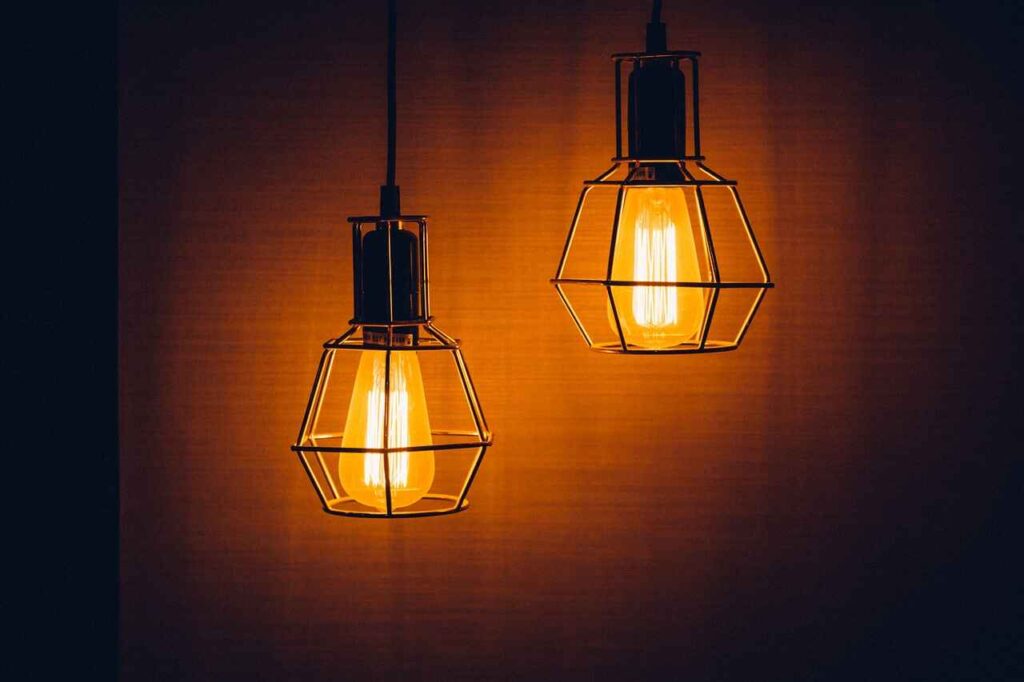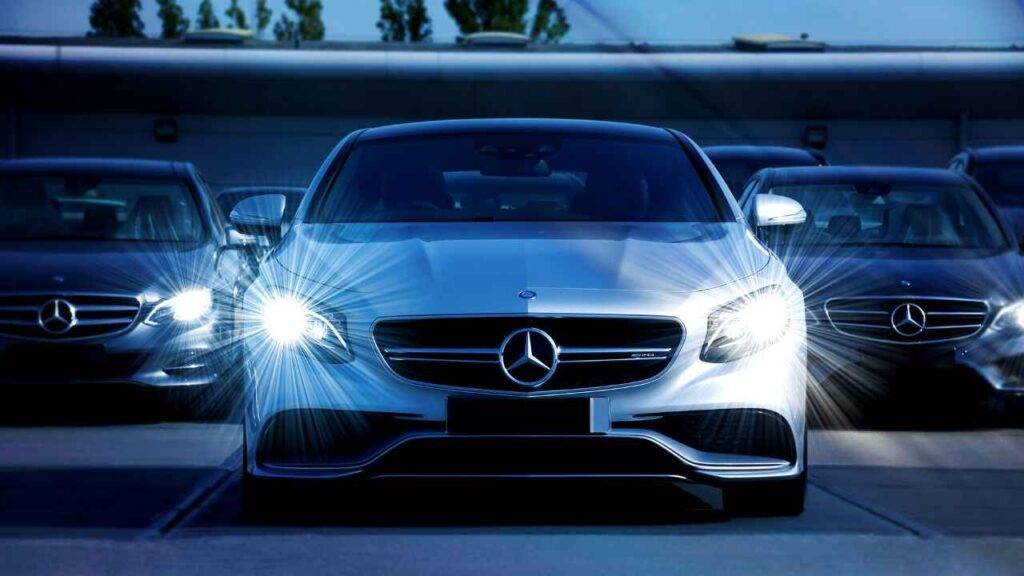If you’ve ever found yourself trying to replace a bulb in your vehicle, you’ve probably encountered the confusion between bulb numbers. Among the most commonly compared are the 7506 vs 1156 bulbs. Both are widely used in automotive lighting, but they’re not the same. Knowing the differences between these two bulbs can help you make the best choice for your car. This article breaks down the key features, differences, and which bulb might be the right fit for your vehicle.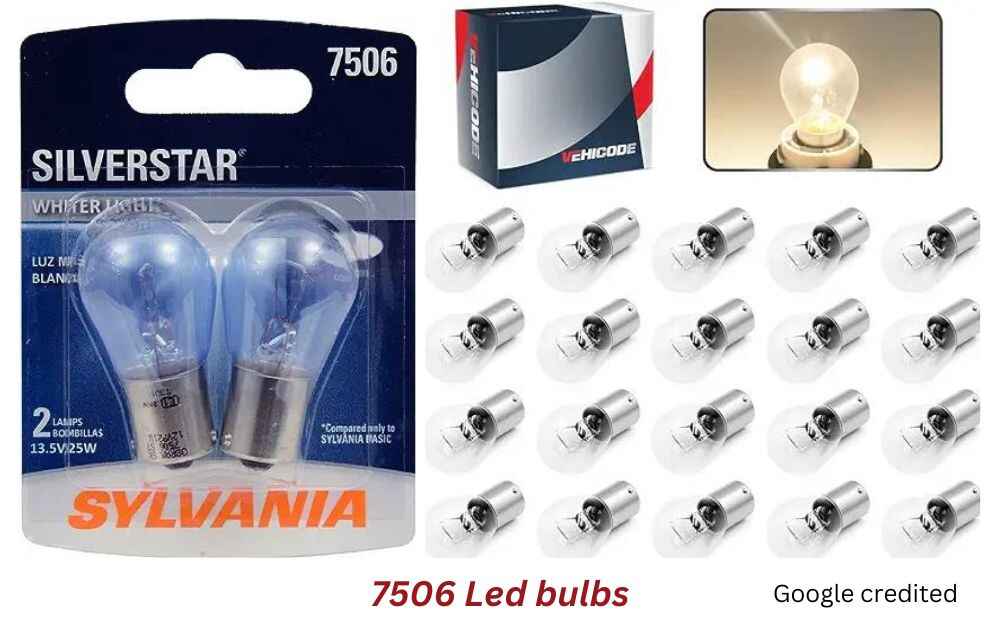
What Are 7506 and 1156 Bulbs?
Before diving into the comparison, let’s first understand what 7506 vs 1156 bulbs are.
- 7506 Bulb: This is typically a 12V incandescent bulb used primarily in brake lights, turn signals, and other automotive applications. It provides bright, clear light that helps with visibility. Some 7506 bulbs are also available in LED versions for better energy efficiency.
- 1156 Bulb: The 1156 is also a 12V incandescent bulb, commonly found in vehicles for similar purposes such as turn signals, reverse lights, and brake lights. Like the 7506, it can also come in LED variations, which have become more popular in recent years due to their longevity and energy savings.
While both bulbs serve similar functions, they have distinct differences that can influence which one is better suited for your car’s needs.
Physical Differences Between 7506 vs 1156 Bulbs
At first glance, the 7506 and 1156 bulbs look quite similar, but there are some important differences in their design and construction.
- Base Type: Both bulbs have a single-contact base (BA15S), but the 1156 is often associated with slightly different pin placements, making them not always interchangeable in some sockets. The 7506 typically has a more standardized pin alignment.
- Size: Both bulbs are nearly the same size. However, depending on the manufacturer, you may notice small variations in the overall length or width of the glass part. These size differences are minimal and won’t impact their fit in most vehicle sockets, but it’s something to keep in mind if you have limited space in the light housing.
- Wattage and Brightness: The 1156 bulb usually consumes about 27 watts, while the 7506 bulb is known for using 21 watts. The 1156, because of its higher wattage, generally emits a slightly brighter light compared to the 7506. If you need more brightness, the 1156 may be a better option, but for those seeking lower energy consumption, the 7506 might make more sense.
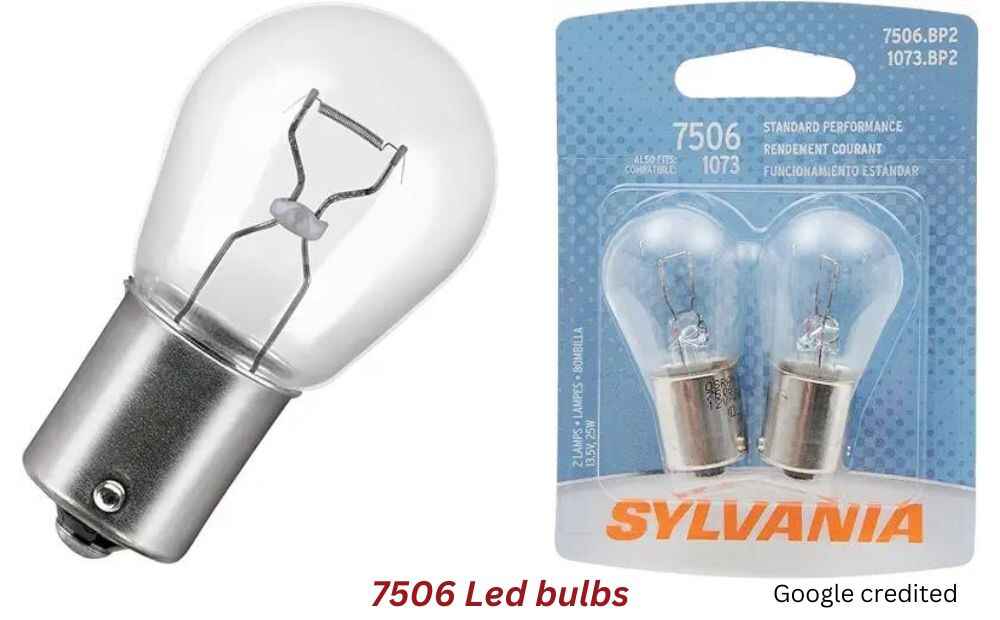
Performance Differences
When considering which bulb to use, performance is often the most critical factor. Here’s how these two bulbs compare in terms of light output, heat, and lifespan.
1. Light Output
- 7506 Bulb: Provides a slightly softer light compared to the 1156. Its brightness is usually rated at about 440 lumens. While it’s still bright enough for applications like brake lights and turn signals, it might not offer the same visibility as the 1156.
- 1156 Bulb: Known for its brighter output, the 1156 bulb delivers about 402-450 lumens depending on the manufacturer. This can make it a better choice for situations where high visibility is essential, like backup lights.
2. Heat Generation
- 7506 Bulb: Consuming lower wattage, the 7506 generates slightly less heat compared to the 1156. This could help extend the lifespan of the bulb if your car has an issue with heat dissipation in its lighting system.
- 1156 Bulb: Due to its higher wattage, the 1156 bulb tends to run hotter. Over time, excess heat can wear down the bulb and the light socket, potentially causing a shorter lifespan or even damage to surrounding components.
3. Lifespan
- 7506 Bulb: The lower wattage also means that the 7506 bulb generally lasts longer than the 1156. While the difference in lifespan isn’t massive, it’s something to consider if you’re tired of constantly replacing bulbs. LED versions of the 7506 bulb can extend its lifespan dramatically, sometimes up to 50,000 hours.
- 1156 Bulb: The 1156 tends to have a shorter lifespan due to the higher energy consumption and heat output. However, this difference may not be noticeable for casual drivers, but if you frequently use your lights, you may find yourself replacing 1156 bulbs more often.
Applications and Uses
Both 7506 and 1156 bulbs are primarily used in similar applications, but there are cases where one may be more appropriate than the other.
7506 Bulb Applications:
– Brake lights
– Turn signals
– Tail lights
The 7506’s lower power consumption and heat generation make it ideal for locations where the bulb is used frequently, like brake or tail lights, which are constantly on during night driving.
1156 Bulb Applications:
– Reverse lights
– Turn signals
– High-beam brake lights
Because the 1156 is brighter and runs hotter, it’s often used in applications like reverse lights, where brightness is critical for visibility in darker situations.
LED vs Incandescent Versions
Both the 7506 and 1156 bulbs are available in traditional incandescent versions as well as modern LED versions. Here’s how they stack up:
Incandescent Bulbs:
– Pros: Cheaper upfront cost, simple replacement
– Cons: Shorter lifespan, higher energy consumption, generates more heat
LED Bulbs:
– Pros: Much longer lifespan, brighter, energy-efficient, produces less heat
– Cons: Higher initial cost, may require additional resistors or modifications to prevent flickering
For many drivers, switching to LED bulbs for either 7506 or 1156 replacements is a smart move, as it can reduce the frequency of replacements and improve overall brightness while using less power.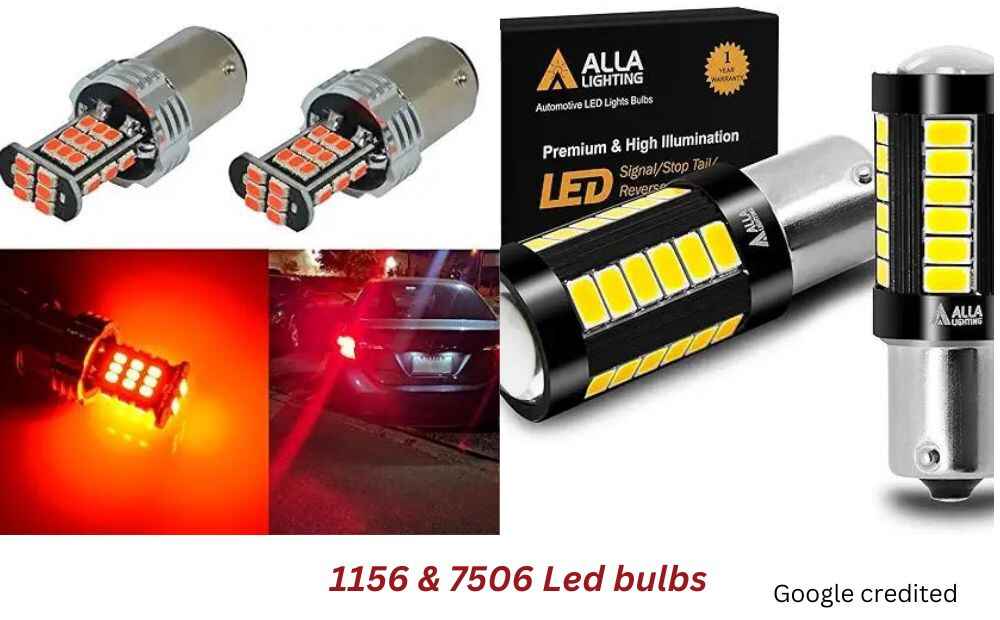
Which Bulb Should You Choose?
The decision between the 7506 and 1156 depends on a few factors:
1. Brightness: If you need a brighter light for applications like reverse lights or high-beam signals, the 1156 bulb is likely the better choice. It offers more lumens and visibility.
2. Energy Efficiency: If you’re more concerned about energy consumption and want a bulb that generates less heat, go with the 7506 bulb. The lower wattage can also mean a longer lifespan.
3. Lifespan: For drivers who want a bulb that will last longer and don’t mind sacrificing a bit of brightness, the 7506 bulb is ideal. Consider switching to an LED version for even more longevity.
4. Compatibility: Always check your vehicle’s manual to ensure that the bulb you choose is compatible with your car’s socket and electrical system. While the two bulbs are similar, differences in wattage and base type can lead to compatibility issues.
Final Thoughts
Both the 7506 vs 1156 bulbs have their own strengths and weaknesses, and the right one for you depends on your specific needs. If you want brighter, more powerful light, the 1156 might be your go-to choice. However, if you value energy efficiency and a longer lifespan, the 7506 could be a better fit, especially if you opt for an LED version.
Choosing the right bulb for your vehicle is important not just for functionality but also for safety. Whether you opt for the 7506 or 1156, always make sure you’re installing bulbs that match your vehicle’s specifications and provide the level of brightness and longevity you need.
In the end, it’s all about balancing your needs—brightness, efficiency, and lifespan—to find the perfect solution for your car’s lighting system.
Related articles:

